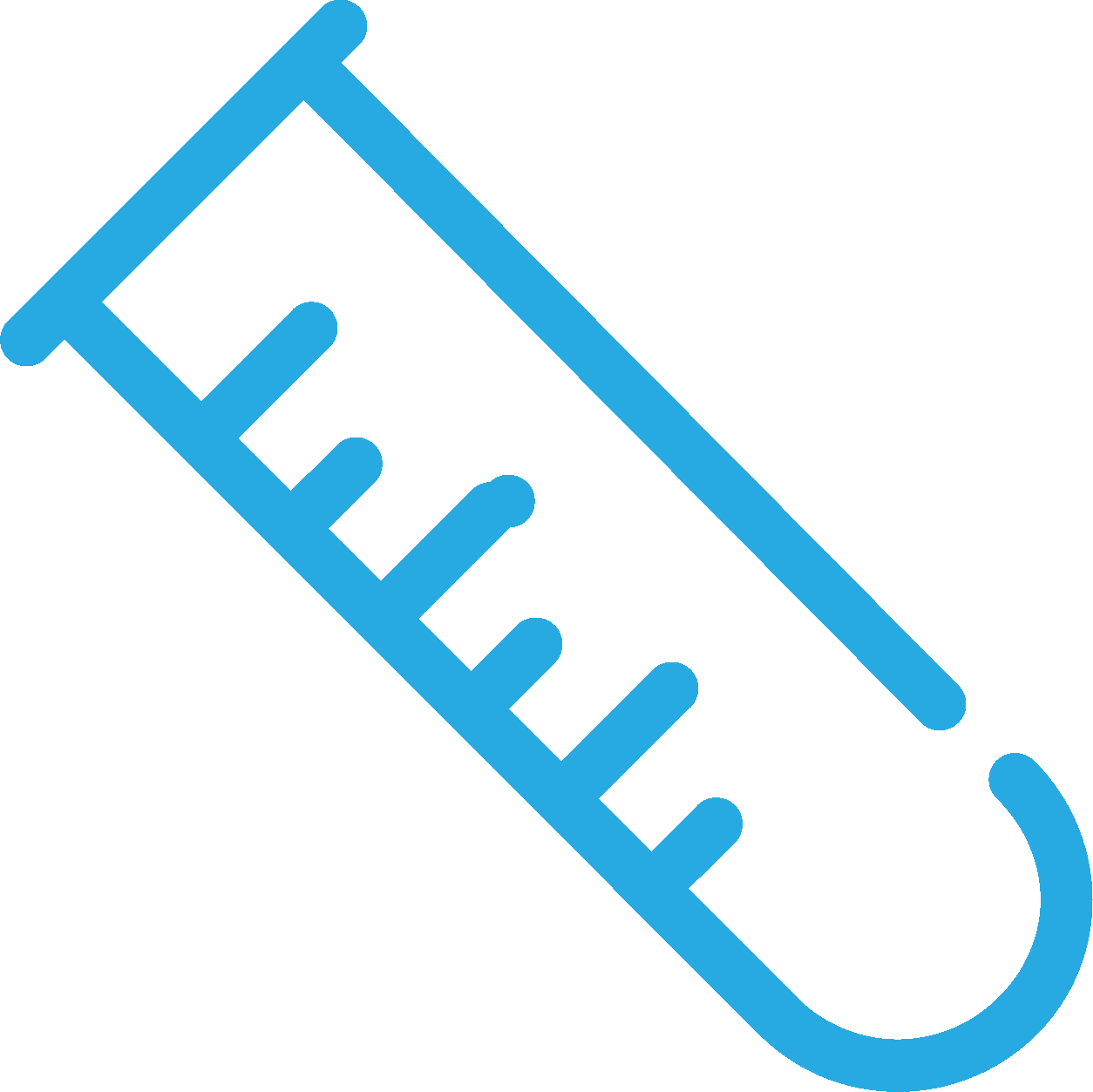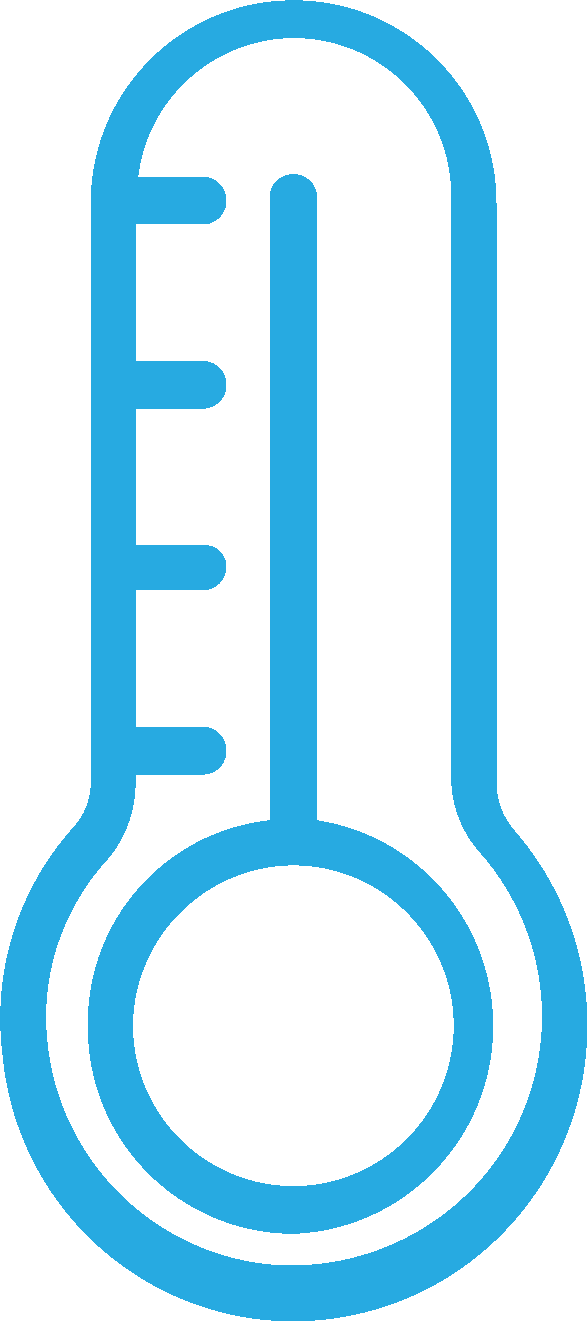UN3373 Compliance: How to Ship Category B Infectious Substances
The United Nations has split its guidelines for shipping infectious substances (6.2 Toxic and Infectious Substances) into two distinct sub-categories: Category A and Category B.
Category B is known as UN3373 and is described as: ‘an infectious substance which does not meet the criteria for inclusion in Category A.’
Category A is split into two further sub-categories: UN2814 (affecting humans) and UN2900 (affecting animals only) and is described as: ‘an infectious substance which is carried in a form that, when exposure to it occurs, is capable of causing permanent disability, life-threatening or fatal disease in otherwise healthy humans or animals.’
When we talk about UN3373 compliance, we explicitly refer to the label and packaging compliance required to ship Category B substances.
Are you unsure whether your sample is Category A or Category B? Try using our simple UN Class 6.2 Classification chart below.
ADR and IATA
Adherence to UN3373 compliance is overseen by the bodies responsible for the transportation of dangerous goods via road and air: The European Agreement concerning the International Carriage of Dangerous Goods by Road (ADR) and The International Air Transport Association (IATA), which supports aviation with global standards for airline safety, security, efficiency, and sustainability. These bodies have separate, relevant guidelines to transport UN3373 infectious goods either by land or air, related specifically to the quality of the packaging used and the labels applied to that packaging. These are known as P650.
What is P650?
If a substance is classified as belonging to UN3373, it must be packed for transport according to guidelines known as Packing Instruction 650 (P650 or PI650). This is a list of requirements covering the quality and construction of the packaging used for transport. P650 is split into guidelines for ADR and IATA, with each having slightly different demands on packaging containing UN3373 infectious substances.
Most of the guidelines for road and air transport are the same; however, there are some differences. These are detailed below:
- ADR states that either the outer packaging or the secondary packaging is rigid, whereas IATA says that the outer packaging must always be rigid
- ADR does not have a limit, whereas IATA state that the primary packaging used for category B liquids must not exceed 1L and the complete packaging not exceed 4L. They also state that category B solids must not exceed 4kg.
- ADR states that the primary or secondary packaging needs to be able to withstand an internal pressure of 95 kPa (0.95 bar) without any leakage, whereas IATA state that the primary or secondary packaging needs to be able to withstand an internal pressure of 95 kPa (0.95 bar) without any leakage between -40°C and +55°C.
If you’re not 100% confident with the terms, phrases, and words associated with the sector, we have created this helpful guide to simplify some of the sector jargon you may encounter on this page or any of the pages we’ve linked in this resource.
What is 95kPa?
The pascal (Pa) and kilopascal (kPa) are the most common pressure units worldwide. As outlined by UN3373 Category B IATA guidelines: ‘The primary receptacle or the secondary packaging shall be capable of withstanding, without leakage, an internal pressure of 95 kPa (0.95 bar) in the range of -40 °C to +55 °C (-40 °F to +130 °F).’ Our PathoShield, PathoPak, PathoSeal, PathoPouch and sample packaging solutions are designed to withstand these pressures, ensuring the safety of your payload in transport.
Browse and purchase our 95kPa bags by clicking the button below.
UN3373 Label Compliance
Ensuring your samples have the correct labelling is vital for adhering to UN3373 Category B guidelines. Below you can see UN Class 6.2 markings that must be displayed on the outer packaging of any UN3373 Category B shipment.
From left to right, the markings break down to mean:
- UN packaging symbol
- Box(4). Fibreboard (G). Primary receptacles of any type may be assembled within the secondary packaging (U)
- Infectious Substances (Class 6.2)
- The last two digits of the year of manufacture (18)
- The state authorising the allocation of the mark (GB)
- Identification of packaging as specified by the competent authority (5704)
The UN3373 Biological Substance Category B logo shown below must also appear on the outer packaging of your shipment when transporting Category B UN3373 infectious substances:
We design complete sample packaging solutions with the correct UN labelling built into the service; however, we have created a helpful guide if you’d like to inquire specifically about label compliance.
Intelsius UN3373 Packaging
At Intelsius, we’ve been designing and manufacturing UN3373 packaging for over 20 years. We’re experts in ensuring your samples are shipped adhering to strict UN3373 label and packaging compliance. To view our full portfolio of UN3373 solutions, visit our dedicated webpage.
To continue the conversation or inquire further about our range of packaging solutions, get in touch with your local Intelsius branch member.

 Dry Ice Shippers
Dry Ice Shippers
 Pallet Shippers
Pallet Shippers
 Rental Service
Rental Service
 ORCA Solutions
ORCA Solutions
 Data Loggers
Data Loggers
 Brown Outer Shipper Boxes
Brown Outer Shipper Boxes
 Personal Medicine Carriers
Personal Medicine Carriers
 Category A Packaging
Category A Packaging
 Pathoshields
Pathoshields
 PathoPouch and PathoSeal
PathoPouch and PathoSeal
 Biotherm Extreme
Biotherm Extreme
 Biomailer
Biomailer
 Miscellaneous Components
Miscellaneous Components
 COVID-19 Sample Transport Packaging
COVID-19 Sample Transport Packaging
 Compliance Labelling
Compliance Labelling
 Cold Chain Guide
Cold Chain Guide
 UN3373 Sample Guide
UN3373 Sample Guide
 About Us
About Us
 Markets we Serve
Markets we Serve
 Services
Services
 Freight Charges
Freight Charges